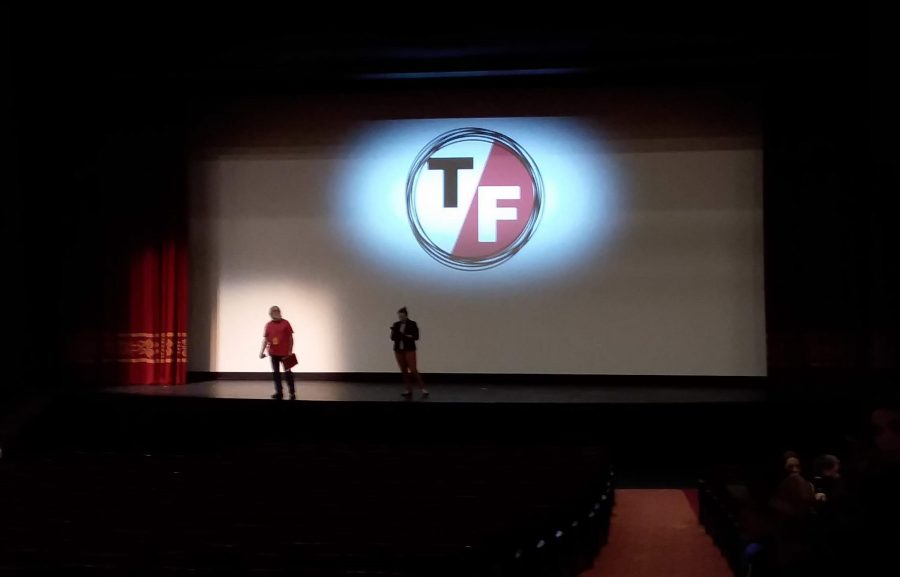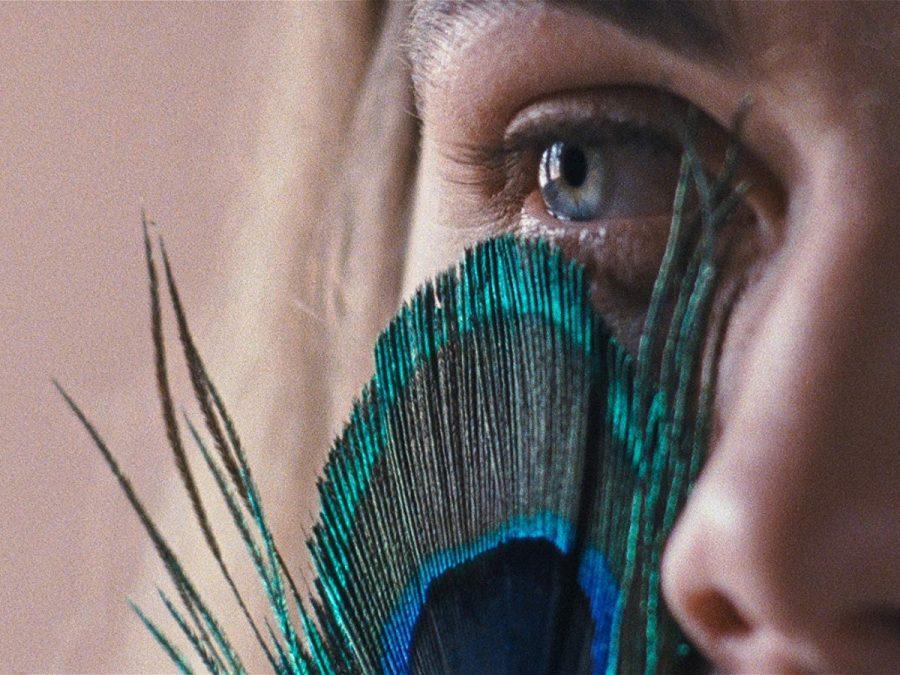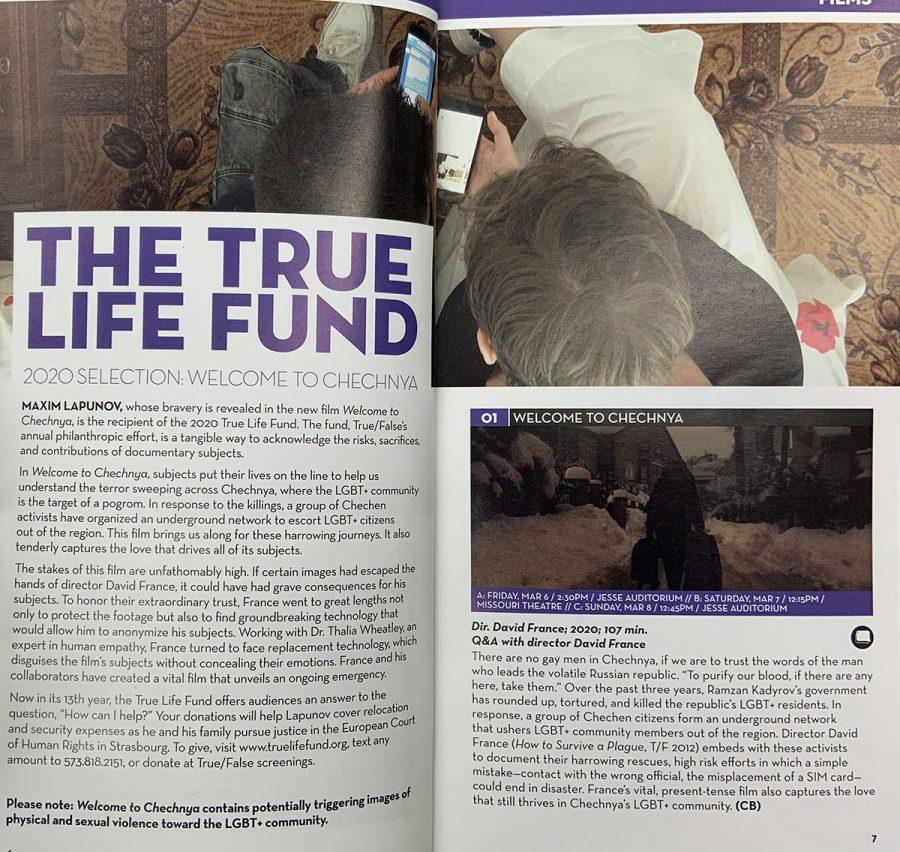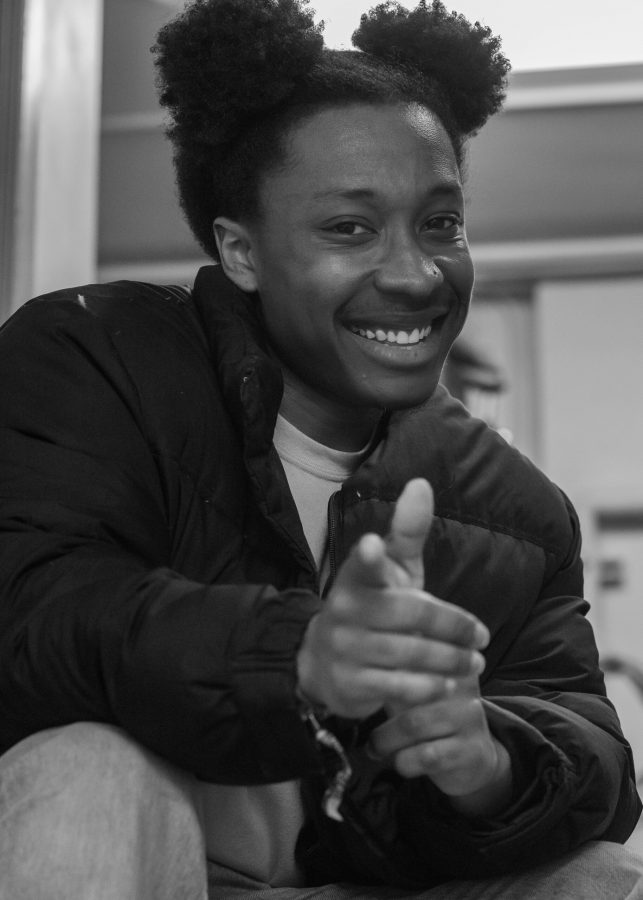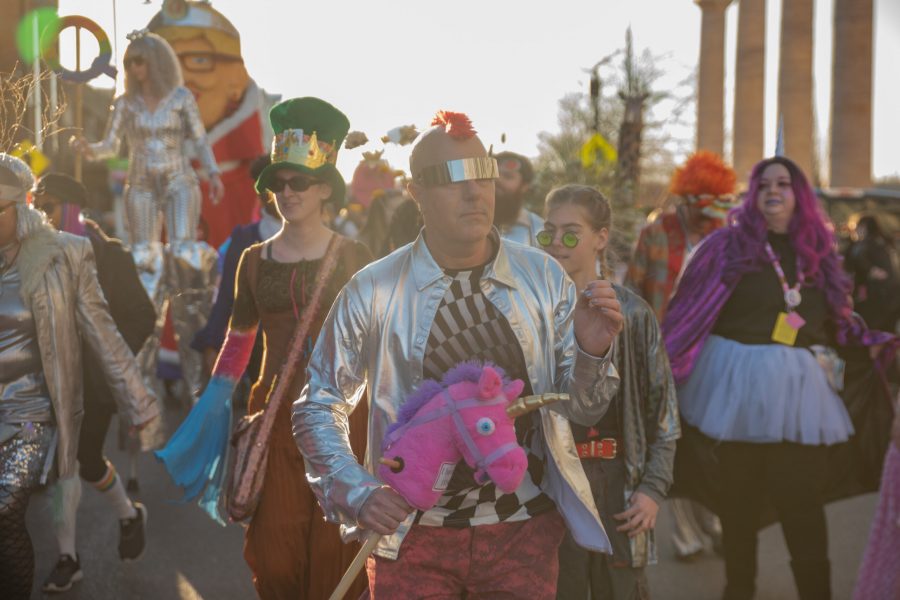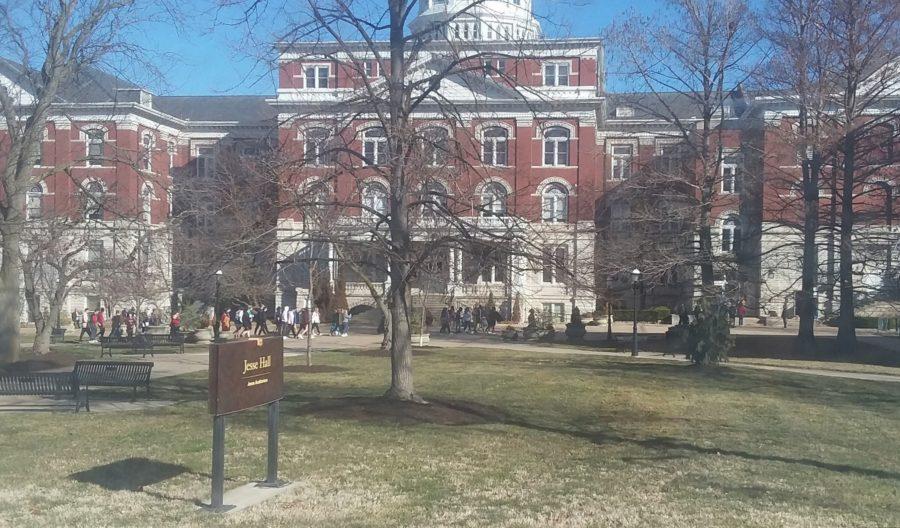A Machine to Live In opens with a baritone, reverberating voice describing the plights in creating a single, architectural masterpiece in an area as diverse in culture as Brasília, a space-age metropolis in Brazil. The film describes the imaginative process in designing a utopian city based off of various construction-based ideas.
What really makes A Machine to Live In stand out is its element of science fiction. There are multiple accounts by novelists on how architects would react to extra-terrestrial interactions. Directors Yoni Goldstein and Meredith Zielke present the lurking question: Would Brasília remain a booming enterprise in an alternate universe? Throughout the movie, the infrastructure of Brasília is tested with certain mythological scenarios, to attempt to disrupt the order of the community.
The city becomes a center of industrialization, with constant new buildings and structures as the society tries to become a vision of the future, but lacks the vibrancy of cultural connection to complement the physical change. The movie shows what happens when people over enunciate business and manufacturing, but under represent the arts and community involvement.
The film also includes a complex web of underlying messages. A major theme is labor and maintaining the workforce, as the development of Brasília into a utopian society thrives on its unique form of geometric architecture. The stiff buildings seek to seclude people and force them to immerse themselves in work leaving no time for recreation. As Brasília continues to grow architecturally, the communal culture dwindles. One of the other components of the film is individuality in a uniform environment. Though one of the goals for Brasília is to become a city of the future, it is more of a government objective rather than one of the community. Goldstein and Zielke, along with producer Sebastián Álvarez, highlight the importance of being true to the perspectives of city residents as well. People from all across Brasilia with different backgrounds, jobs and values aim to stray from the norm and pursue their personal visions.
Goldstein and Zielke show the loss of the emotional link in Brasília by using muted shades of brown and gray, to depict a drab setting. Their skill in incorporating sound effects does not disappoint the viewer. Each sound is purposefully placed to set a clear background for the movie. A low, sustained bass sound echoes throughout the film, maintaining an eerie atmosphere in the theatre. The soundtrack remains a key element within the movie, often portraying emotion the dialogue can not verbally present to the crowd. The notes vary from quick, hoofstep-like beats to fragmented bits of static to a stretched-out low pitch to emphasize tension in specific segments. Each sound adds to the precise switches from scene to scene. The film’s sharp visual effects provide cutting edge transitions and varied tones keep viewers on the edge of their seats, yearning to find out what happens next.
The sound effects paired with Esperanto, the common language in Brasília, produces an entirely unique experience. The closed captioning does not limit the final product in any way; in fact, the use of Esperanto language combined with the chilling undertones of the music hones the audience into every detail in a way English wouldn’t.
Language is just one part of the unfamiliar life presented. Throughout the movie, groups of people from gang members to religious cults, talk about their opinions on Brasília’s design, from its buildings to its landscape to its government. The gangs are clearly more irate and aggressive with objecting to the advancements in machinery, while the religious organizations use their connection with divinity to maintain their dignity. Neither groups’ desperation, however, is concealed. People of the faith are seen in deep prayer, an almost trance-like state of distress, as they try to preserve their culture. The violent gang members verbally attack the government’s involvement, often cursing to express their displeasure.
Their futuristic ideas are rooted in the visions and motives of individuals, as they struggle to find balance between mythology, machinery and reality. A Machine to Live In depicts the clash of space-age technology with still developing cultural normality in an impressive showcase of skilled cinematography.
How do you think sound effects play a part in film production? Let us know in the comments below.












































































